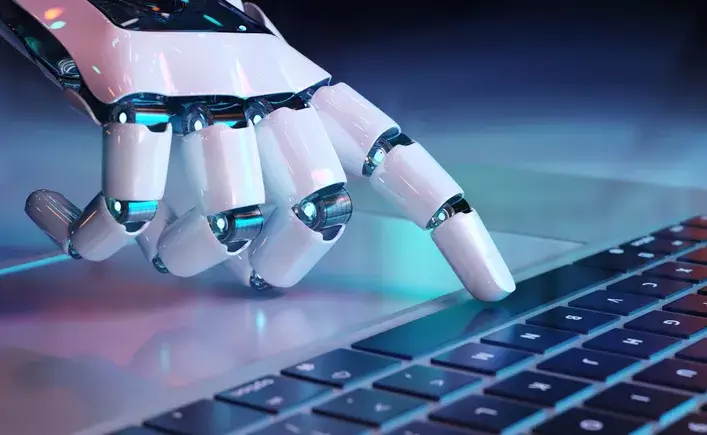As technology advances at a staggering pace, the landscape of art and creativity is being irrevocably transformed. The introduction of generative artificial intelligence (AI) in various forms has opened up new possibilities for creation, allowing individuals to produce work, ranging from paintings and music to poetry, with minimal human input. However, this exciting development leads to pressing questions regarding ownership, copyright, and the very definition of authorship. As AI continues to integrate itself into creative industries, the need to address the pitfalls of the existing copyright framework has never been more critical.
One recent case has brought these discussions to the forefront: Stephen Thaler’s quest for recognition as the author of AI-generated poetry. The Court of Appeals for the District of Columbia Circuit firmly concluded that the current copyright laws do not extend to creations that emerge solely from non-human entities. Thaler’s disappointment shines a light on a systemic issue that artists and creators are beginning to grapple with as they navigate the murky waters of copyright law.
The Human Element: An Essential Ingredient for Copyright
The ruling by Judge Patricia Millett, in alignment with the Copyright Office’s stance, reinforces the argument that human authorship is essential for copyright protection. This decision emphasizes the belief that engagement and intention behind a creation are critical determinants of authorship. If machines generate artwork without human intervention, then they lack the emotional resonance and contextual understanding that is often vital for artistic expression.
More disturbingly, the court’s decision implies that the expanding capabilities of AI could marginalize the very individuals who have traditionally been recognized as the creators—the artists. This highlights an important dilemma: should creativity, which is inherently human, be relegated to a machine? The notion that machines “do not have lives,” as stated by the judges, is indicative of a larger philosophical question about what it means to create art.
The Limits of AI and Copyright Ownership
Although advancements in AI are genuinely remarkable, they raise significant concerns about ownership and intellectual property rights. The fact that machines, through processes governed by algorithms, are producing content that cannot be claimed by anyone presents a conundrum for contemporary artists. If generative AI is merely a tool, as suggested by the Copyright Office, where do artists fit into this evolving narrative? The central argument crystallizes around the degree of human involvement required to qualify a piece as original work warranting copyright protection.
The implications for artists who embrace these technologies are profound. Without the legal rights that accompany copyright ownership, artists risk becoming creators without recognition or compensation. While many might have initially perceived AI as a means to enhance their artistic abilities, this ruling serves to highlight that reliance on AI to generate content can inadvertently strip away the ownership rights that artists so fervently seek.
The Future of Art in the Age of AI
The evolving considerations surrounding AI-generated art inevitably lead to further speculation about a looming shift in copyright law. Could the forces of Hollywood studios and other major industries, who increasingly depend on AI for content generation, prompt a reevaluation of the legal landscape? It’s a plausible scenario; as more film studios and art institutions incorporate AI technologies, the pressure for legislative reform may build.
However, navigating these waters is not merely a technical challenge; it poses ethical concerns as well. Should society prioritize the advancement of technology over the fundamental rights of individual artists? The rush to embrace AI and its capabilities ought to come with a balanced conversation around protecting human creativity and ensuring that the voices of artists are not drowned out in the cacophony of algorithm-driven outputs.
In a world where generative AI can mimic human creativity, finding a middle ground becomes increasingly crucial. Advocating for rights and protections for artists is essential, lest we lose the very soul of artistic expression in the age of machines. The conversation surrounding AI and copyright is just beginning, and as creators respond to these developments, it is vital to keep the discourse human-centric.

